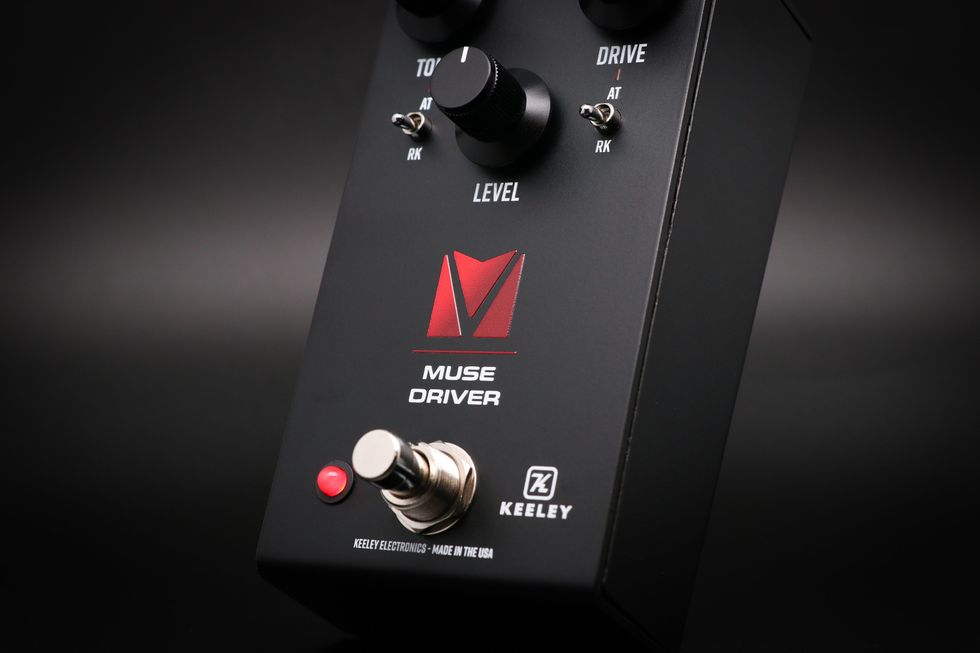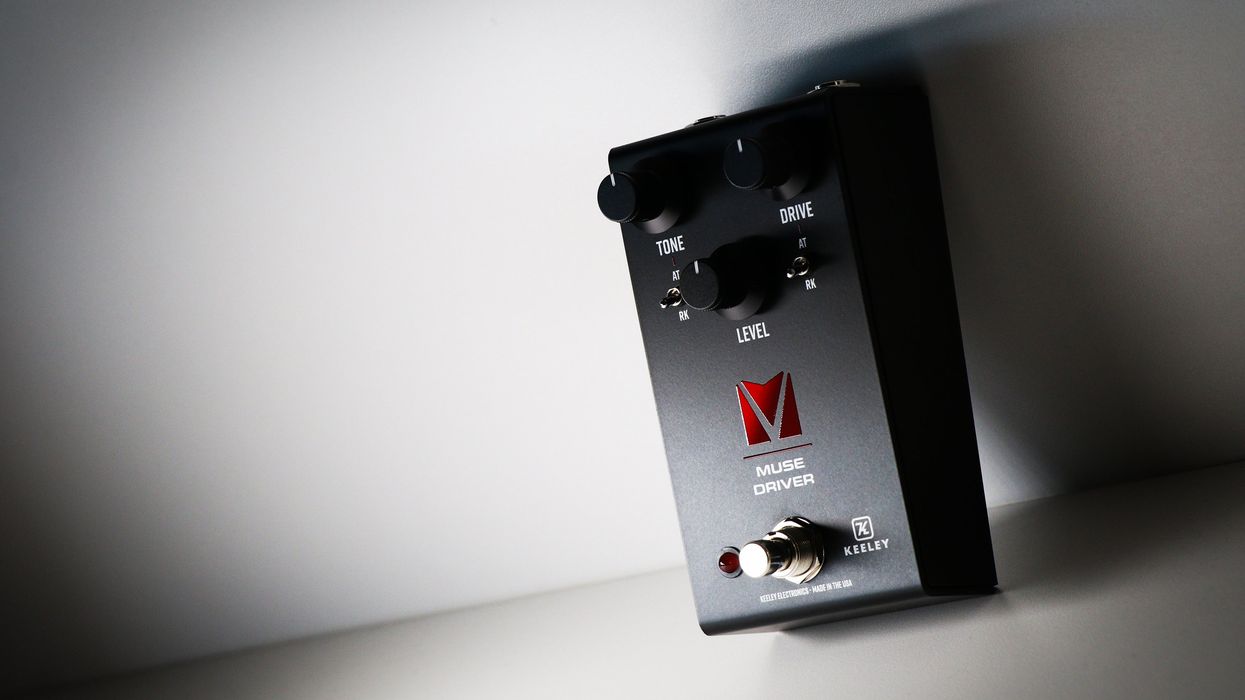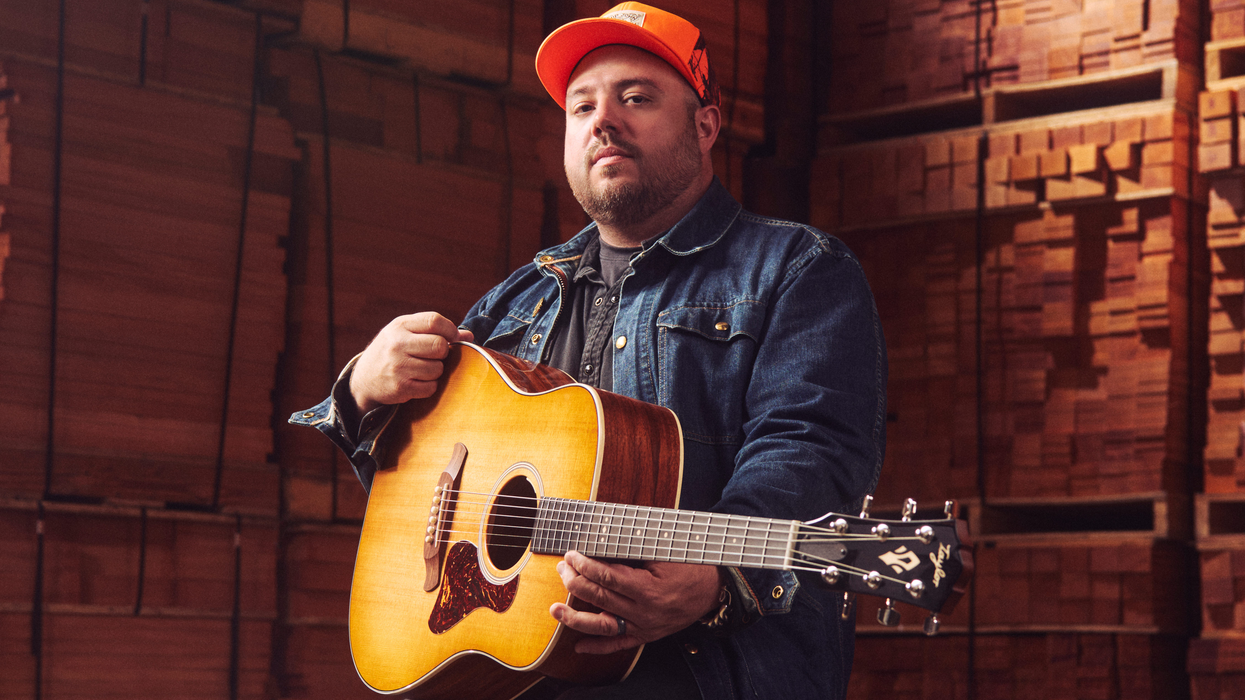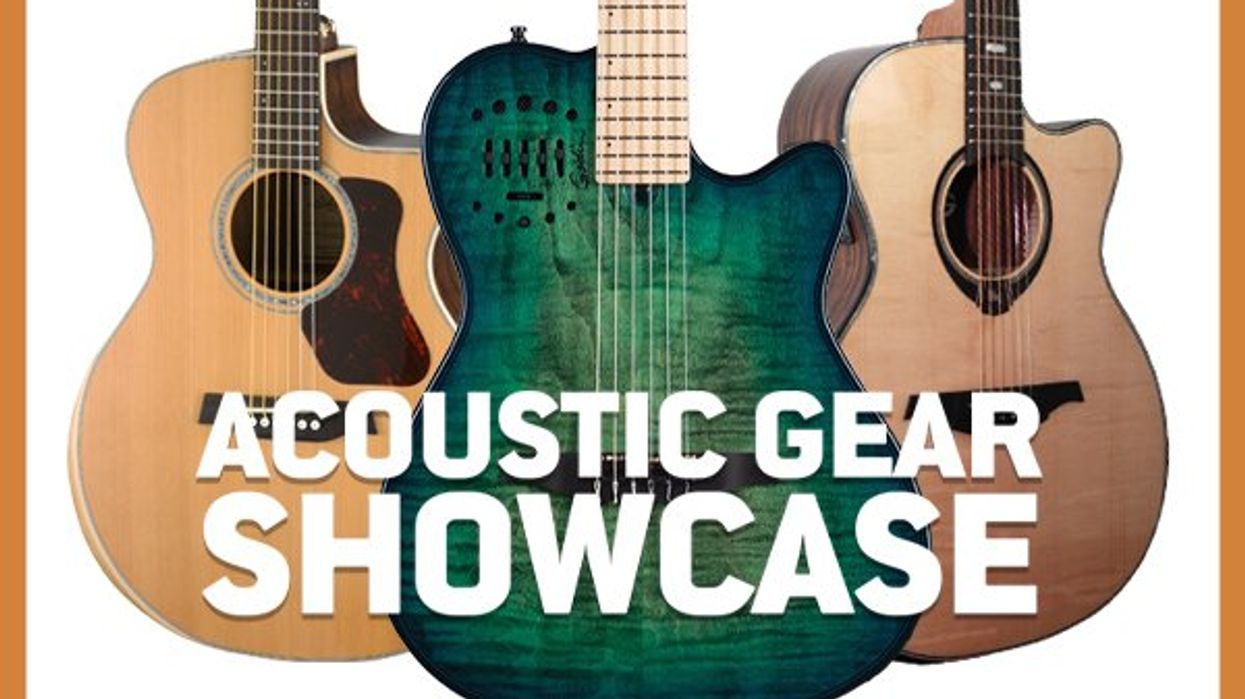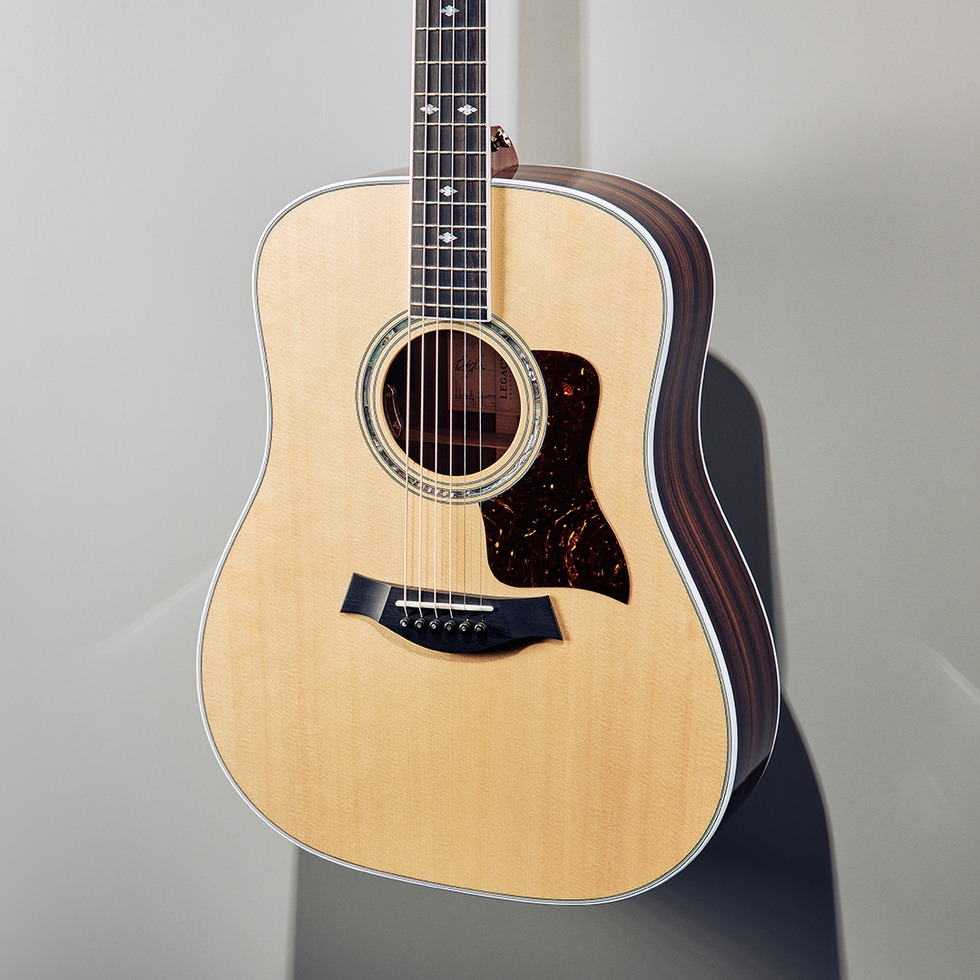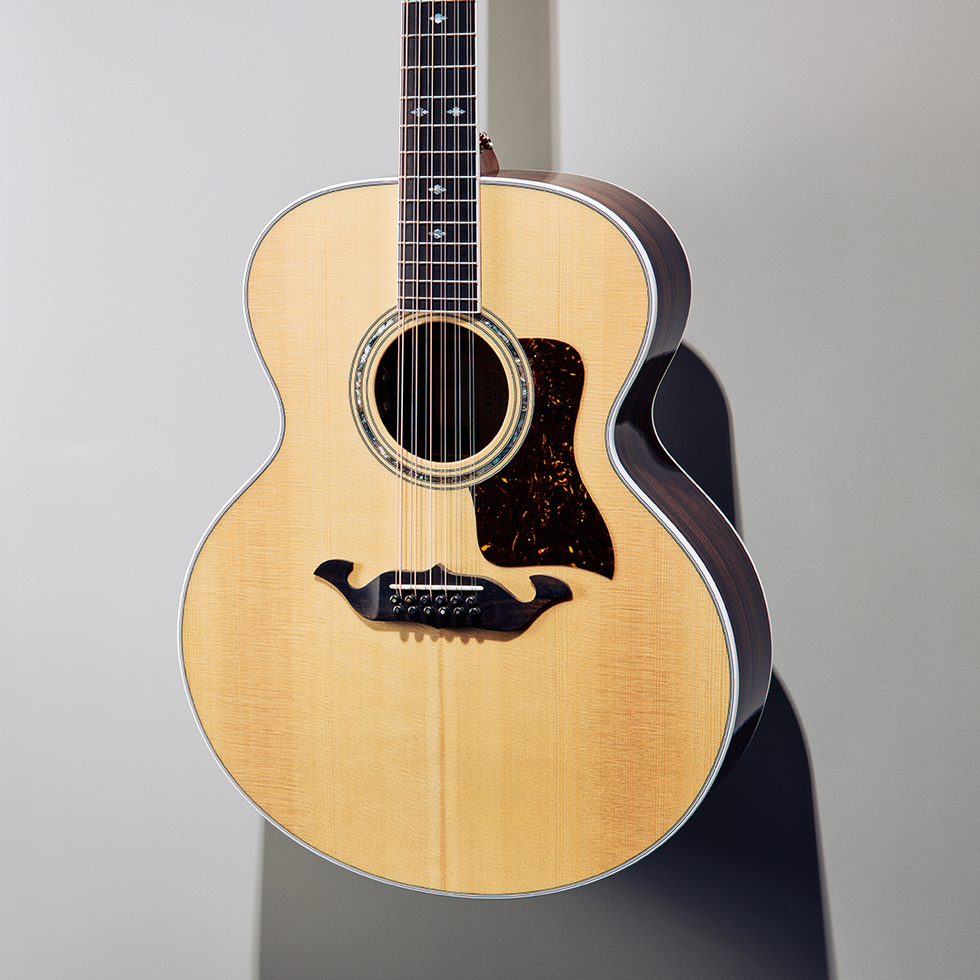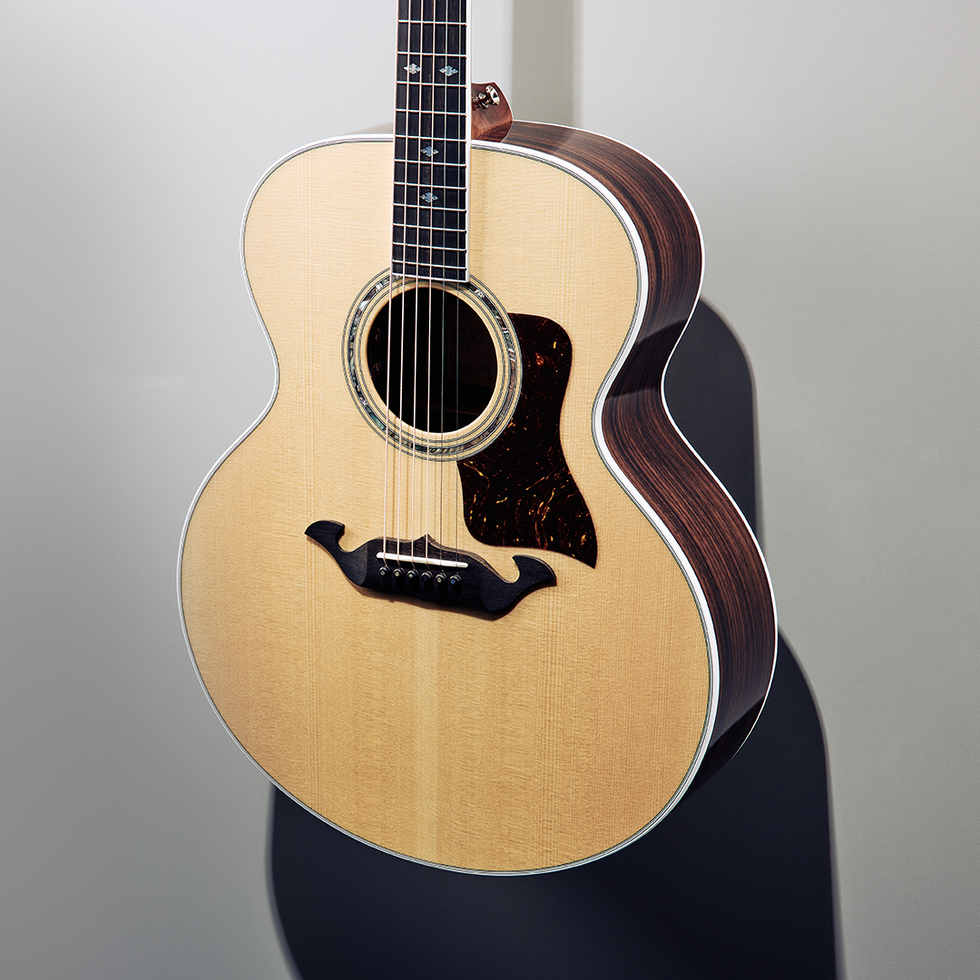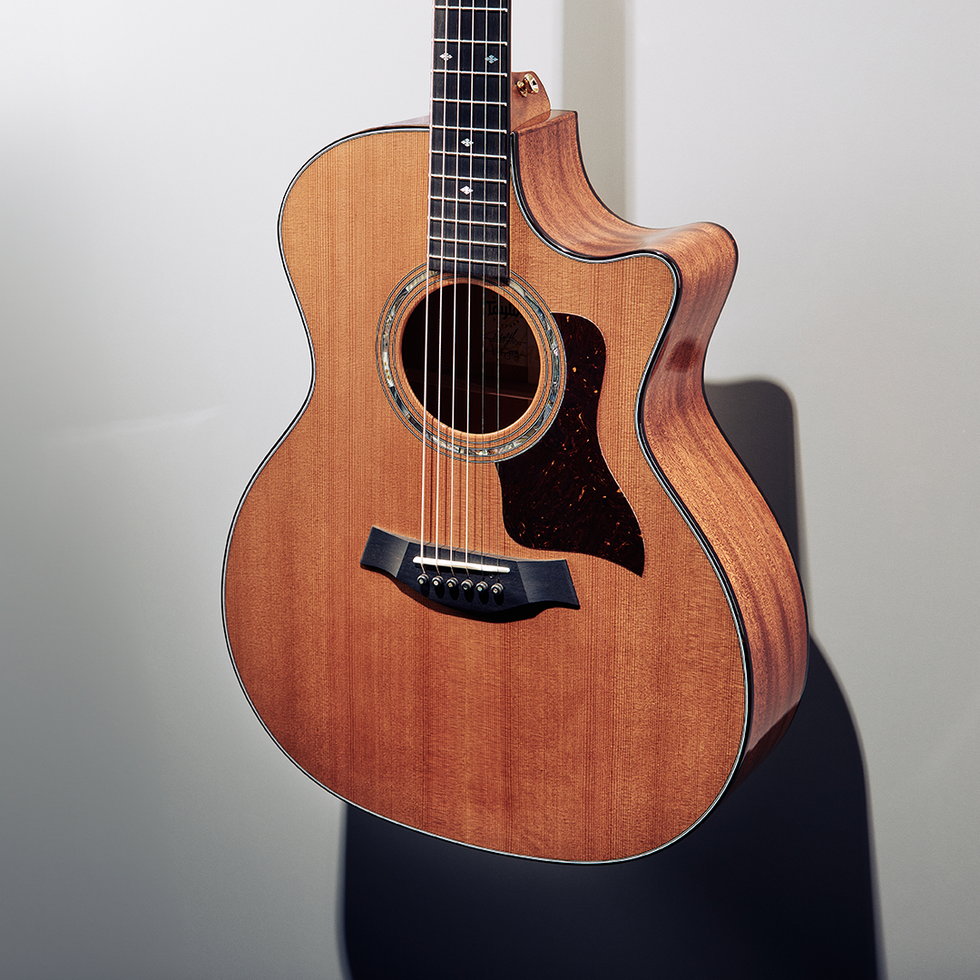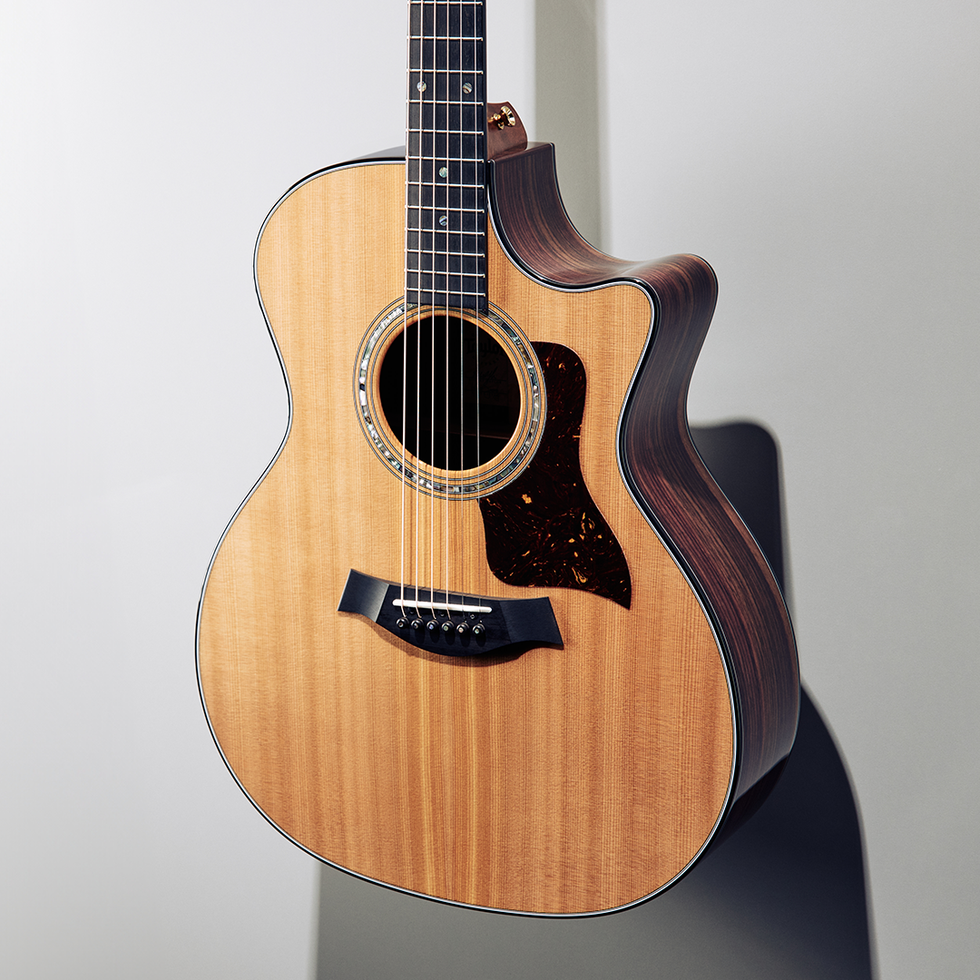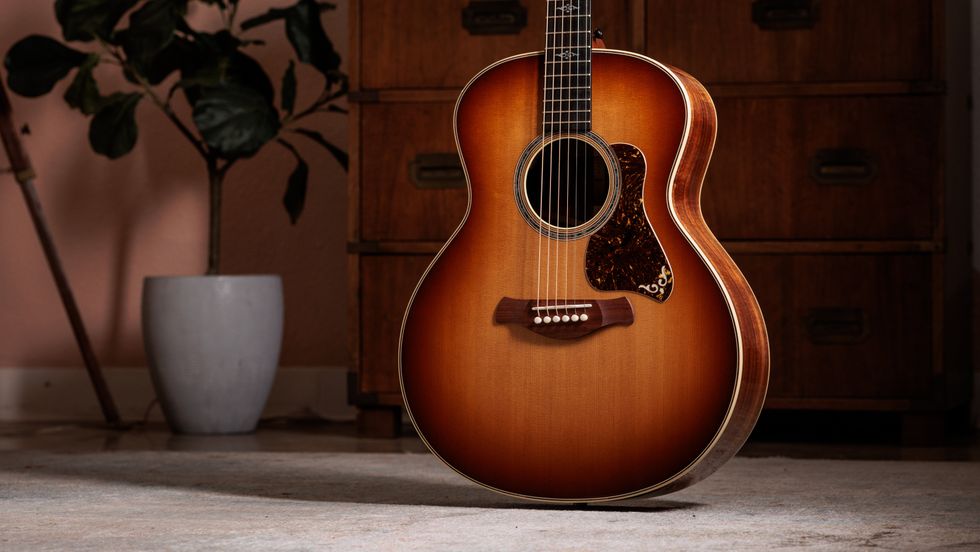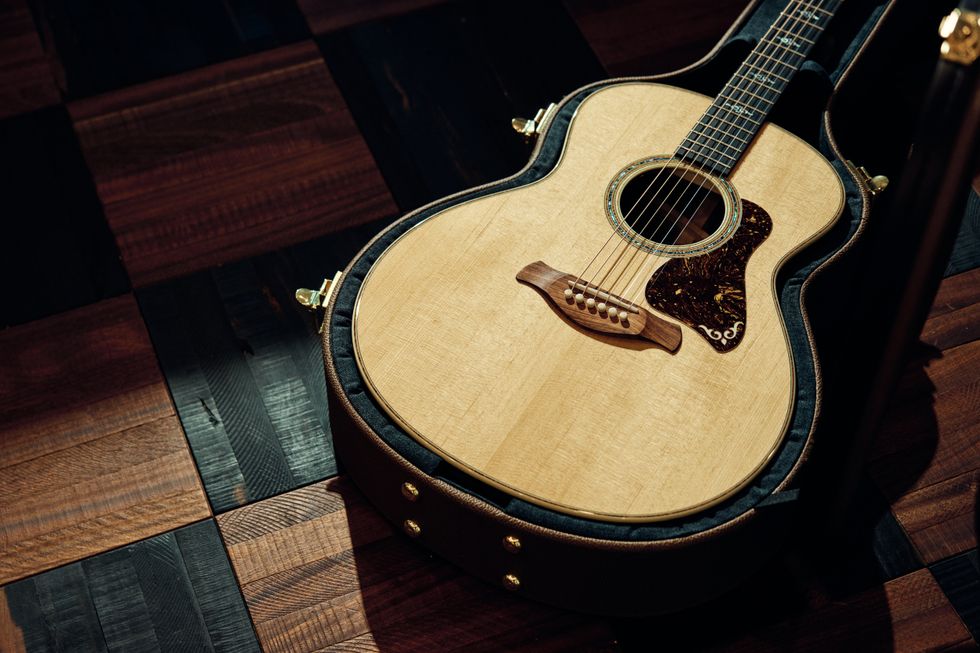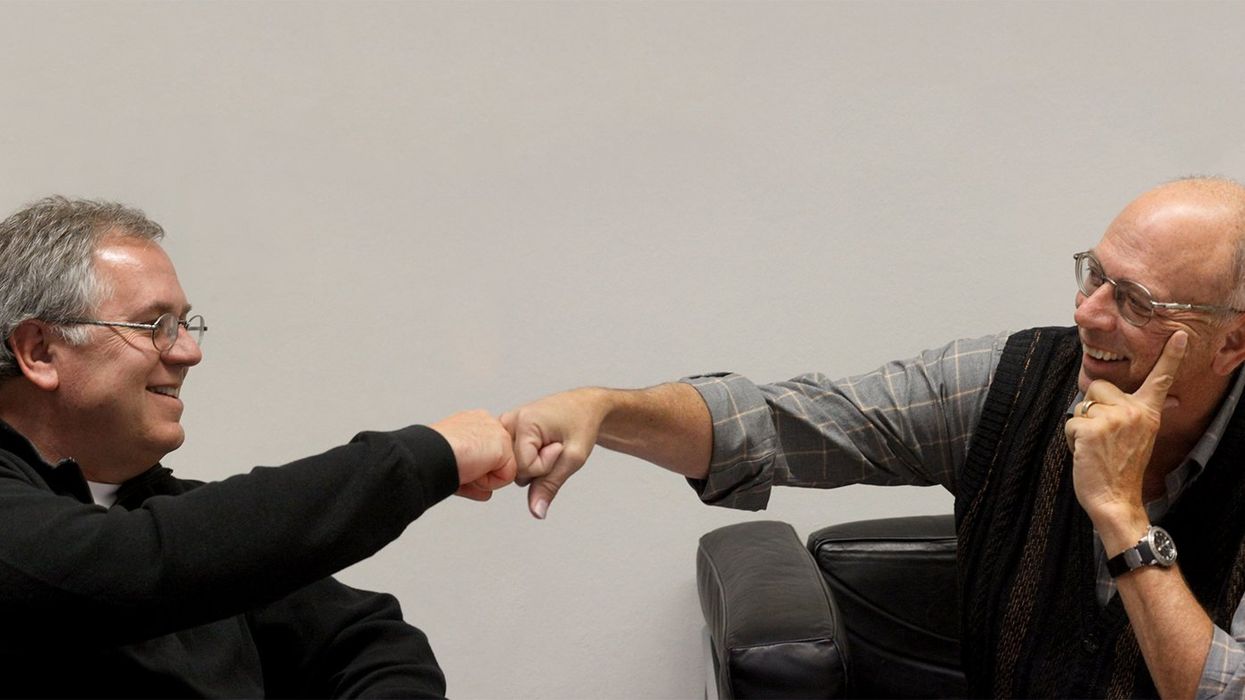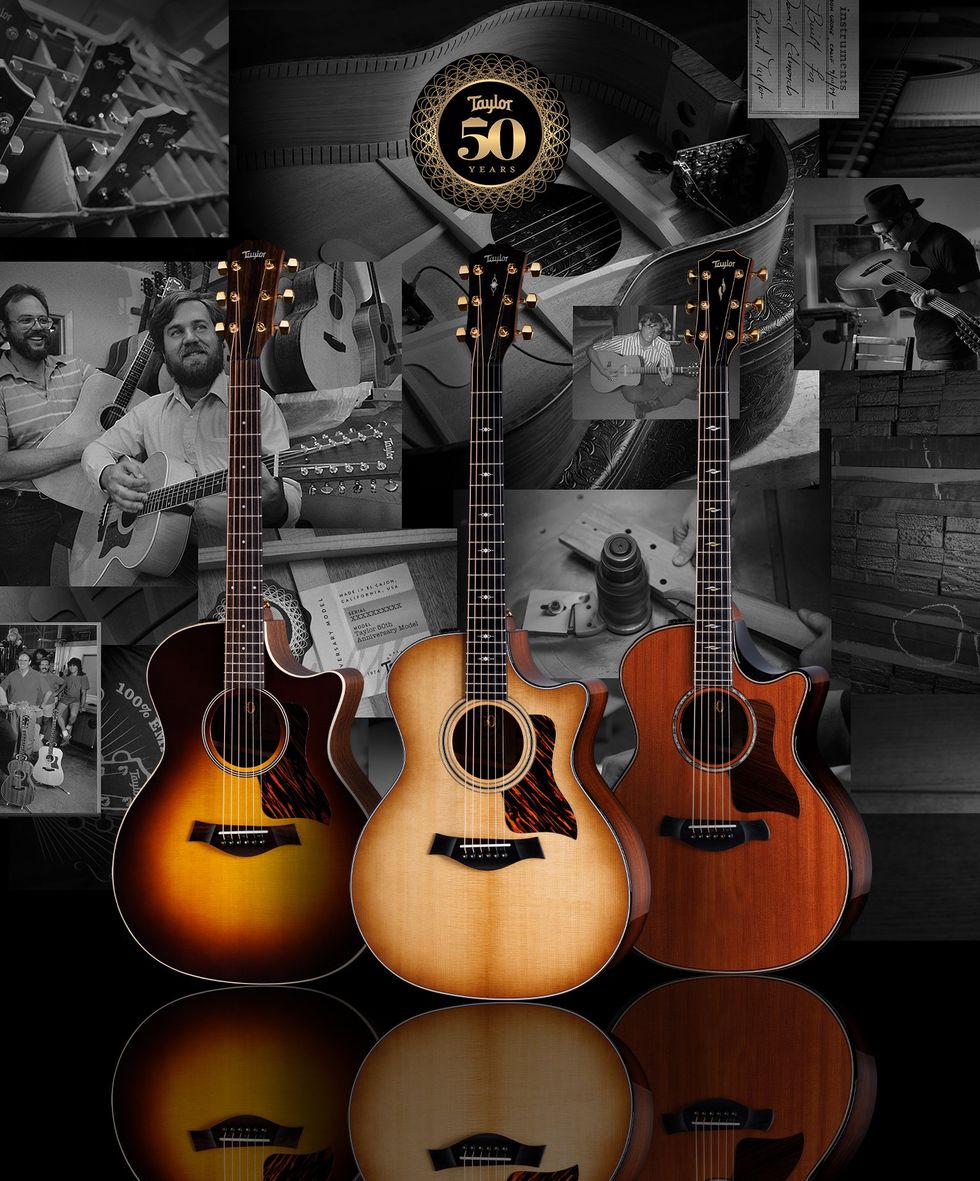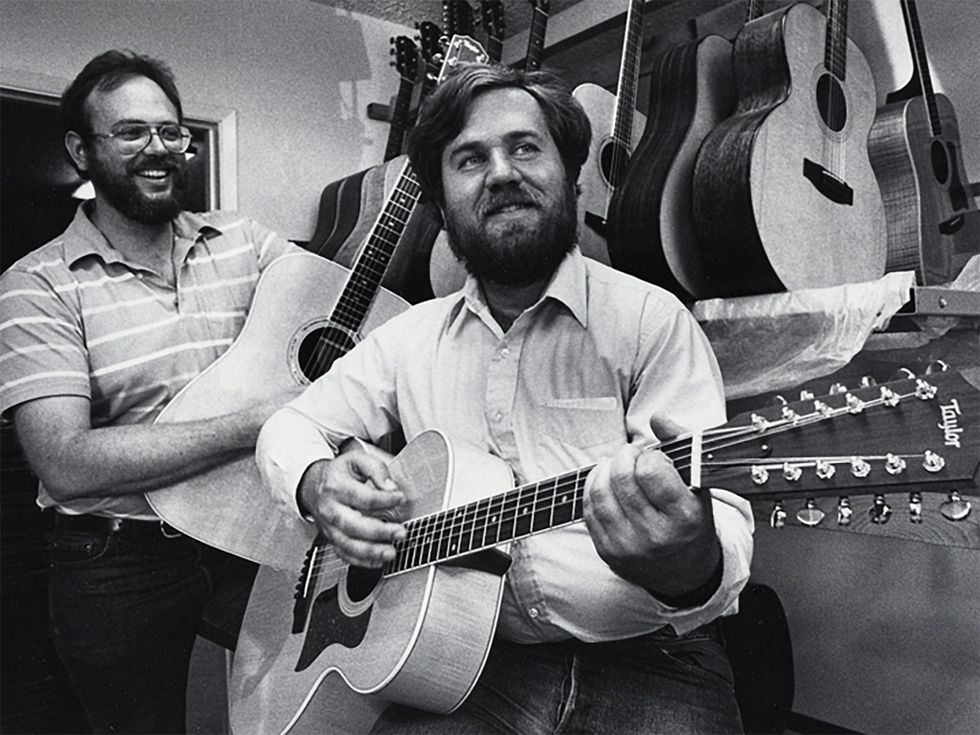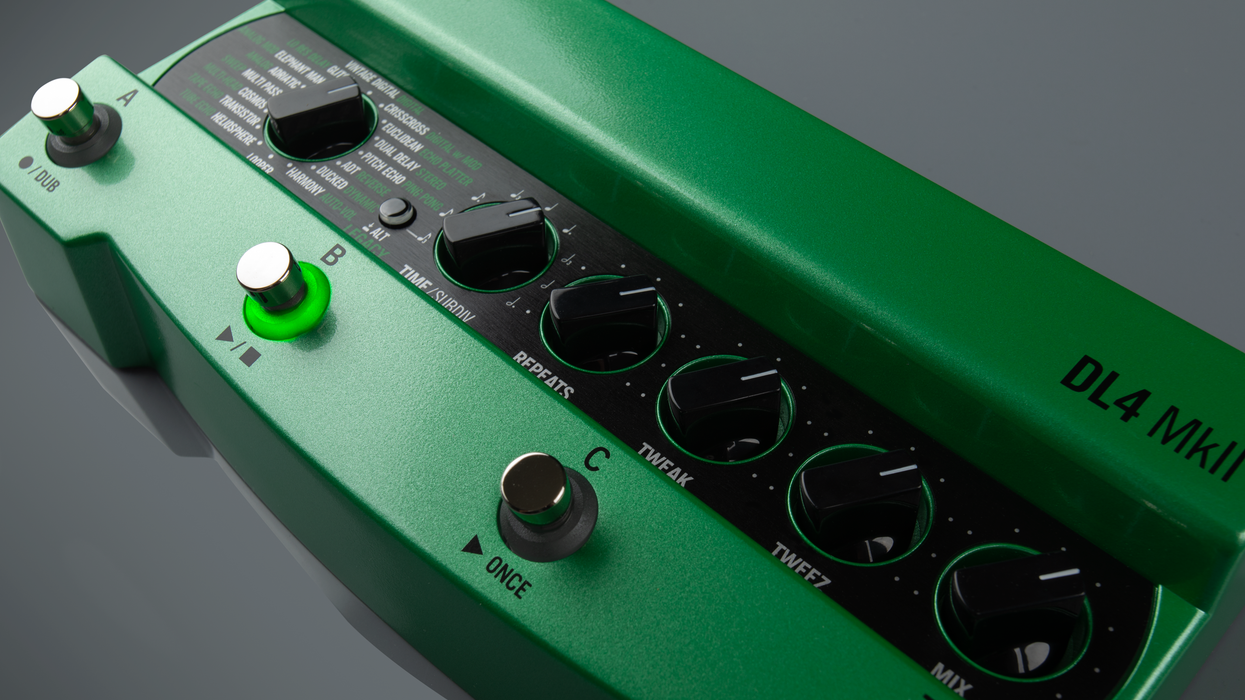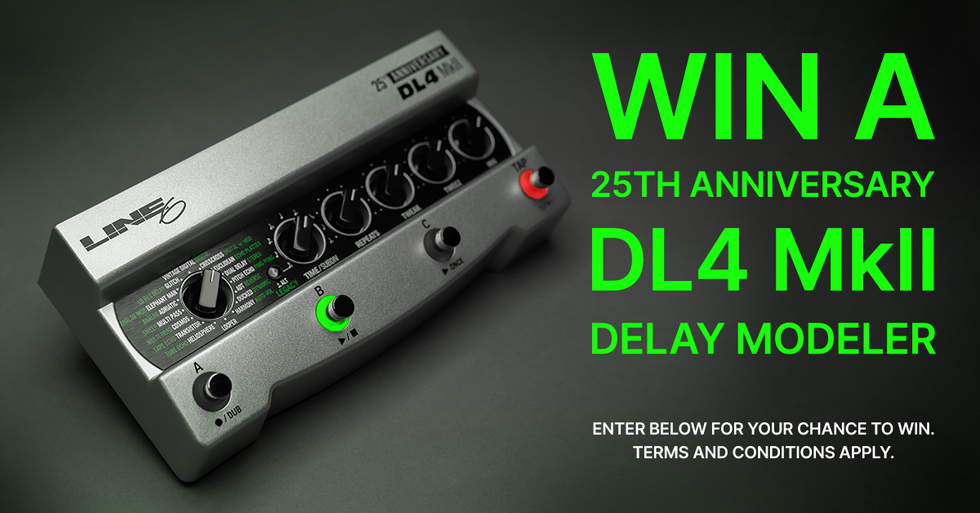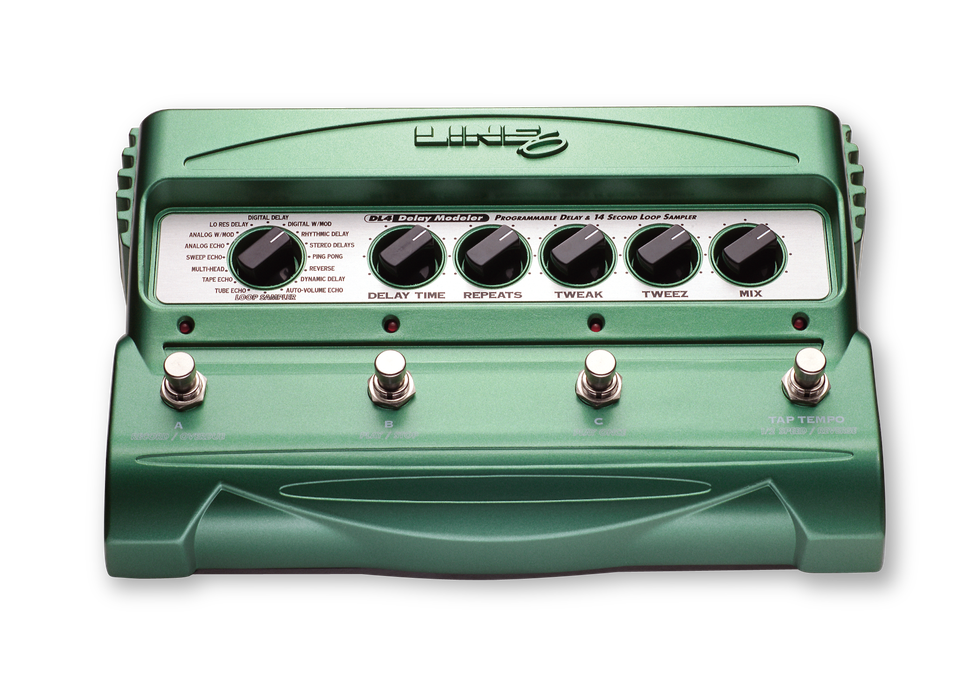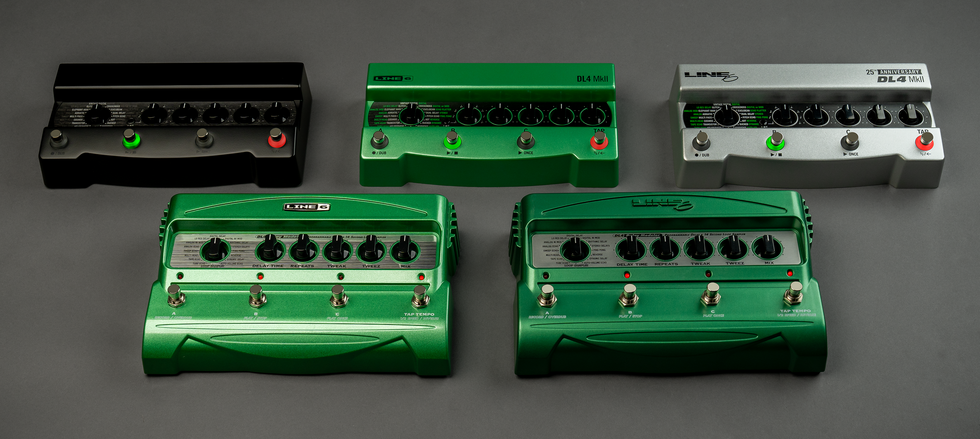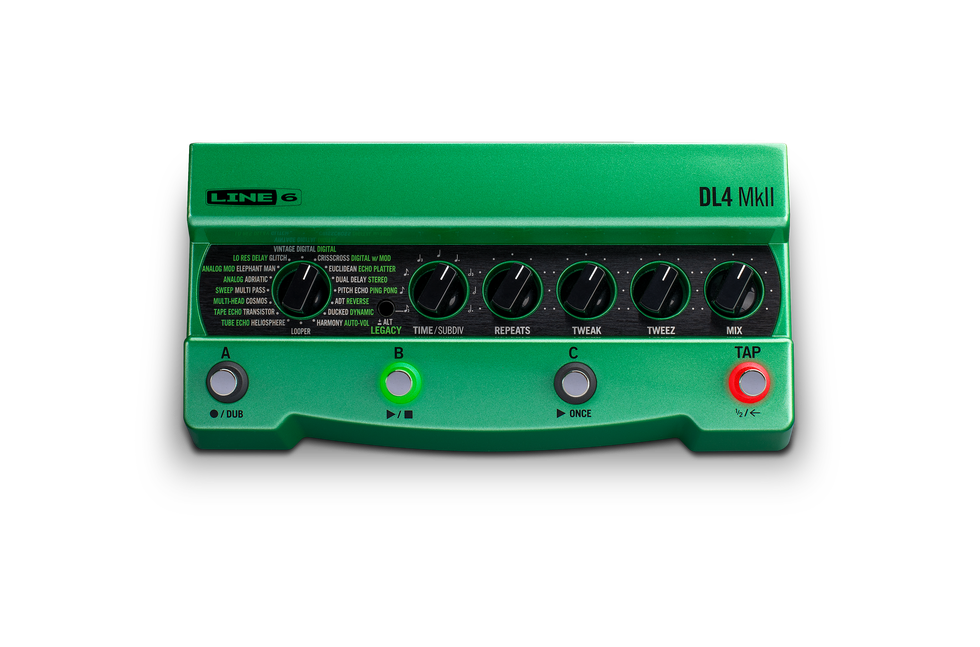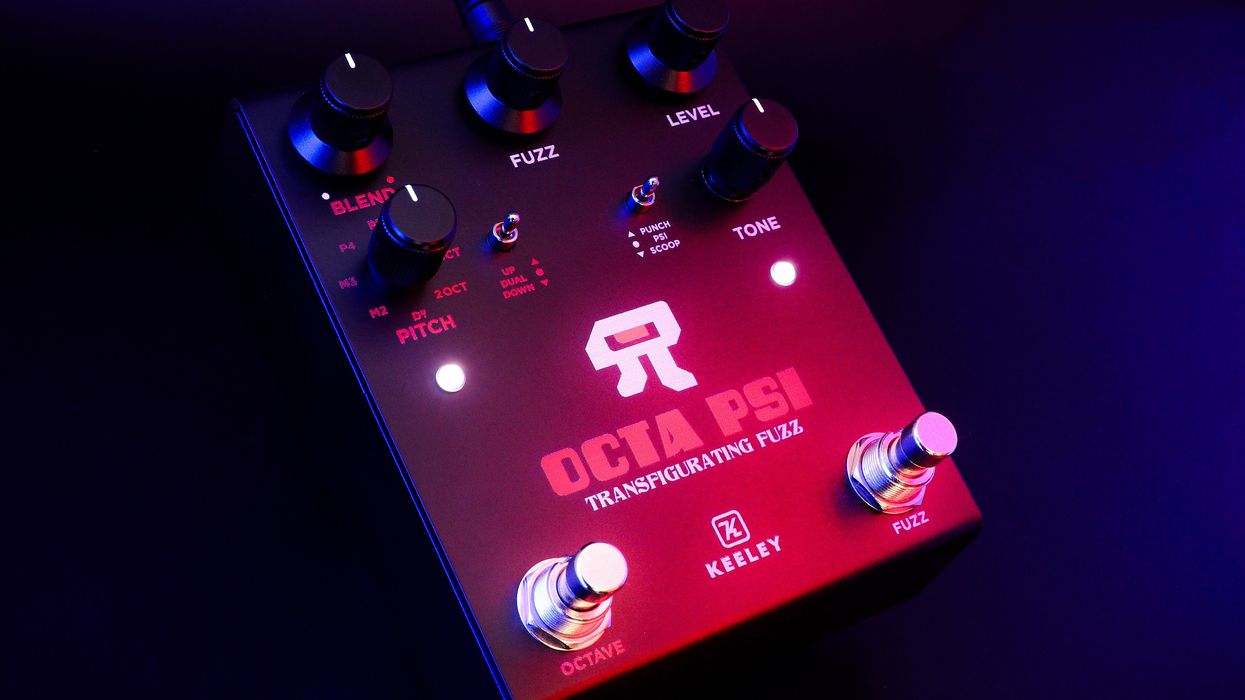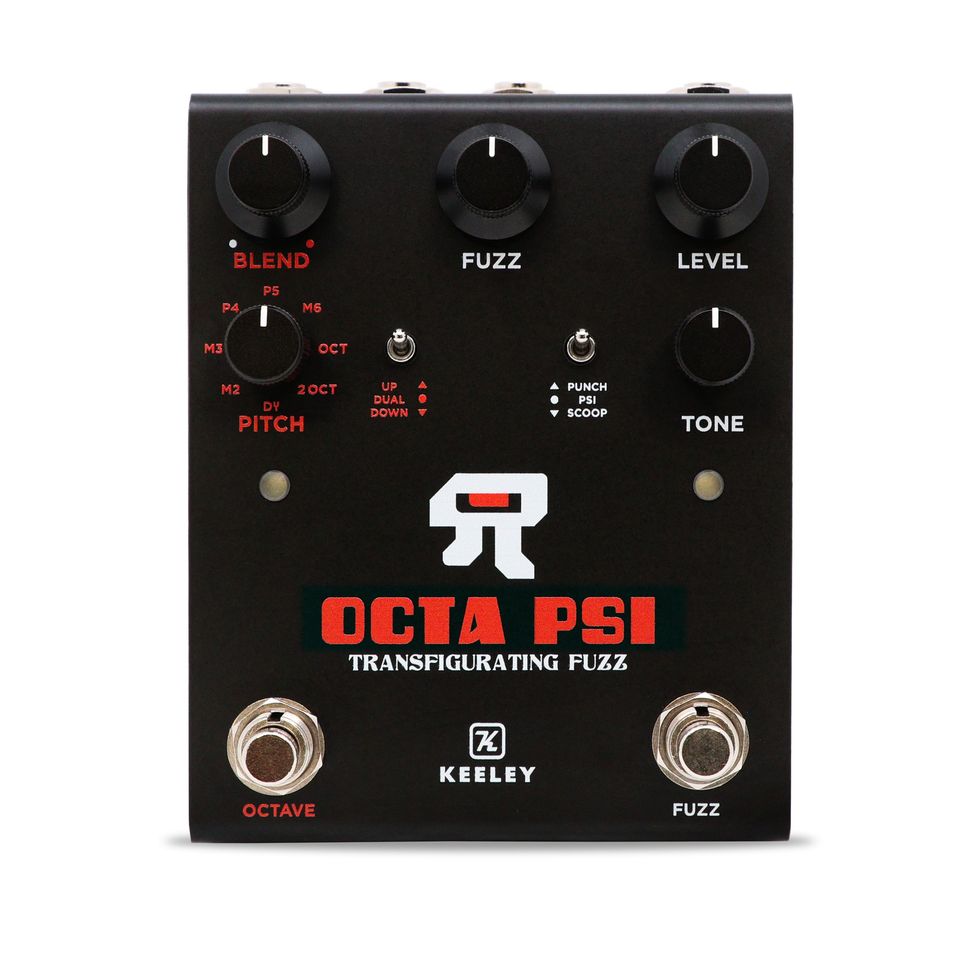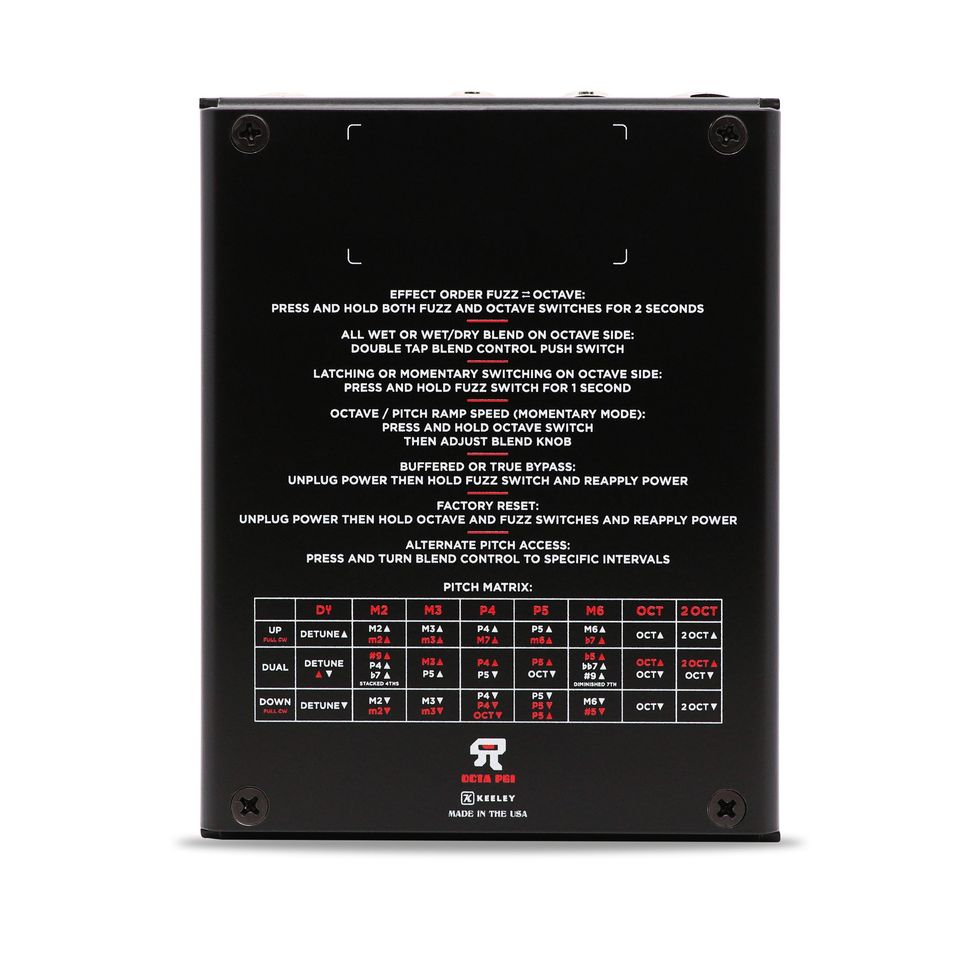The second installment in the company’s new line of overdrives—and the latest collaboration with guitarist Andy Timmons—shows evolution on multiple fronts.
Asked to describe his new Muse Driver pedal, Robert Keeley keeps coming back to a single theme: versatility.
Based on Keeley’s much-admired Blues Driver-inspired circuit, and designed in collaboration with Andy Timmons, the Muse Driver features two different selectable overdrive voices and a pair of tone stack options. The result: a highly flexible and responsive pedal that’s likely to appeal to a broad range of players.
Keeley even came up with a new phrase, calling the pedal a “drive workstation” as a shorthand way to convey the Muse Driver’s versatility. “I was trying to say that it could do everything from a clean boost to distortion and overdrive and even fuzz,” he says. “The drive control is so dynamic that it offers incredible range.” That phrase wasn’t meant to be boastful; it simply seems like an accurate, compact way of getting the point across. “It becomes a workstation because you can get so much out of it. In my mind it qualifies as a workstation of drive pedals.”
Brandishing its myriad tones, the Muse Driver, with a street price of $199, is the second pedal in Keeley’s new line of sleek, seductive overdrives. It follows the Noble Screamer, a potent mash-up of the beloved Tube Screamer and Nobels ODR-1, which Keeley released in late 2023 to broad acclaim. The Muse Driver continues the Noble Screamer’s form factor, with dual toggle switches for modifying the circuit, and points the way for three more overdrives coming in 2024. (More on that shortly).
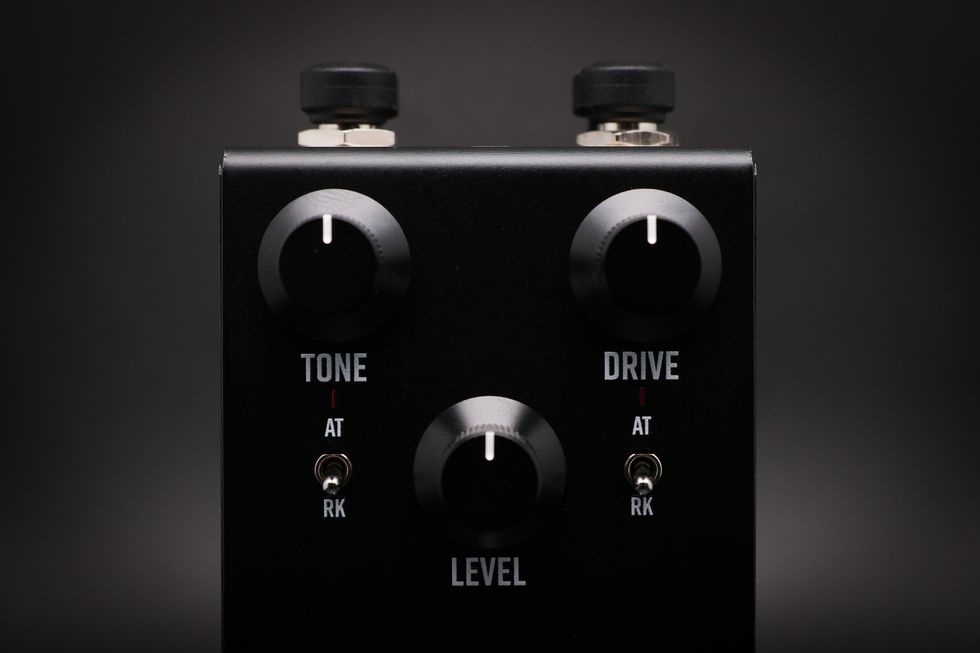
Tapping Into Timmons' Tone
Importantly, the Muse Driver represents the latest chapter in Keeley’s ongoing collaboration with Andy Timmons (known for his solo work and touring/recording with Danger Danger, Olivia Newton-John, Kip Winger, and many more). They first began working together in early 2020, when Timmons and Keeley teamed up on the wildly successful Halo dual echo pedal, and the creative partnership continued with the 2023 release of Timmons’ signature Keeley Super AT MOD overdrive.
For their newest collaboration, Keeley and Timmons once again used a modified Blues Driver circuit as the foundation of the tone. But this time around, the goal was to provide even more sonic options—enough to satisfy Timmons’ most expansive creative urges.
“The Muse Driver name is a play on words with the Blues Driver,” Timmons notes, “and Muse Driver really is an accurate term for the pedal because it reflects how inspiring it is. The core of both the Super AT Mod pedal and the Muse Driver were designed to capture the modded Blues Driver, but could really get those notes to speak and articulate in a certain way. The circuit gives me that clarity on the top end. With the Muse Driver pedal I feel like I’ve truly arrived. I can plug this into any nice, flat amp. It retains the clear top end and it speaks well. And it has a surprising amount of gain, that’s really usable. It doesn’t get too tubby or floppy in the low end. It’s very carveable. I started the search with the Keeley Blues Driver, and now I feel that it’s really there.”
“The gloves come off when we’re working with Andy,” Keeley adds with a laugh. “We’ll try almost anything to create something that’s going to be inspiring for him. I know my job is done when he gets excited and starts writing musical parts with it.”
Keeley Electronics - Muse Driver Overdrive and Distortion with Andy Timmons
Cracking the Diode Code
But it wasn’t easy getting there. “We had three different sessions for the Muse Driver,” says Timmons. “The key was Aaron Pierce [a core member of the Keeley creative team], Robert, and I being in the same room. At one point we thought we were really close,” Timmons admits, “and I’m driving back to Oklahoma. About an hour into the drive, I get a call from Robert. He had an epiphany: ‘We should try germanium diodes!’ Going from silicone to germanium diodes, you’re going from asymmetrical to symmetrical clipping, and it’s going to be a little less compressed. And it turned out to be exactly what I was looking for. The germanium turned it into an ideal pedal for full-on gain and lead tones. Now the pedal is capable of a huge range of tones.”
Andy Timmons Reacts to Germanium Mode
Keeley elaborates about the Timmons’ “AT” Drive mode: “In Andy’s mode there are a pair of diodes—one is a regular silicon diode and one is an LED. They have two different rates at which they start to conduct and it creates this asymmetrical clipping that I think kinda sounds like a tube. When you go to the RK mode [Robert Keeley’s original mode], that engages two back-to-back germanium diodes, which have a much lower voltage that they turn on. They also have an extra bit of capacitance which rounds off the highs. Because the Blues Driver is such a dynamic circuit, when you make a change there it’s going to be amplified and distorted further. These little differences between the silicon and germanium diodes are really amplified.”
The Human Factor ... Blended with Science
Another important current in the development of the Muse Driver: the increased use of advanced scientific tools at the Keeley shop, part of the company’s continuing evolution since it relocated to its new factory in 2021.
“We began using Audio Precision Analyzers starting in around May 2023,” Keeley explains. “We now have several of them so we can test every unit and make sure each unit is spot on, beyond the scope of human hearing. Every pedal gets a ‘birth certificate’ when it passes the analyzer test. I think that when we acquired those analyzers, Keeley Electronics went ‘professional audio,’ because now whenever we’re studying a rare vintage circuit of any kind, I can really see what it sounds like. And if Andy says, ‘I want less compression,’ I can huddle with the engineers and see how each stage of a circuit responds. It’s an amazing way to look at audio. It helps during the design phase and it helps during production. I now have a repeatable product that’s rock solid.”
Timmons lauds the scientific strides, but admits that the ultimate vindication arrives in your gut: “When you hit the ‘eureka’ moment and get it right, you can’t verbalize it. You feel it. Whether it’s the hair on your arms raising, or a smile on your face, you just know it’s there. That’s the only way to know. Sure, you can look at it on scopes and measure it on graphs—and those scientific measurements are certainly valuable—but the real test is how it makes you feel on a molecular level.”
Keeley agrees with a laugh: “The major benefit of working with a guy like Andy—and not just relying on a bunch of expensive analyzers and measurement tools—is that he really cares about all the nuances and dynamics! He’s an incredible player that LIVES in the world of dynamics and will explore the entire range. He shows how these circuits actually work for players, instead of machines.”
“The new era of Keeley is really a dream come true for me.” Keeley continues. “For 20 years I would look at other people’s equipment and how they progressed, and I finally feel like I’m at the point where I can take information from artists and their desires, and I can mix it with some of the great people and equipment that we have at the shop. We can study the circuits and listen to them in ways that we’ve never been able to do before.”
Keeley Factory Tour Drone Video
04 10 2023 Drone VideoMore Drives To Come!
The Muse Driver’s flexibility, with its two toggle switches for selecting overdrive voicing and tone stacks, is a hallmark of Keeley’s new series, which debuted with the Muse Driver’s predecessor, the Noble Screamer.
This powerful, versatile approach will culminate in spring 2024 with the release of three more overdrives in the series. Each will feature a pair of overdrive options based on iconic circuits—ranging from soft-clipping favorites to brawny, hard-clipping stalwarts—along with extra tone-shaping capabilities.
But in the meantime, Robert Keeley and his team are savoring the results of the rigorous-but-enjoyable process that yielded the new Muse Driver. “These signature pedals with Andy Timmons are really special,” Keeley says. “They have to be dynamic, expressive instruments in their own right. I know it might sound old-fashioned and quirky, but Andy’s name doesn’t go onto these pedals until he’s satisfied. It’s a lot of work, but it’s also so much fun.”
